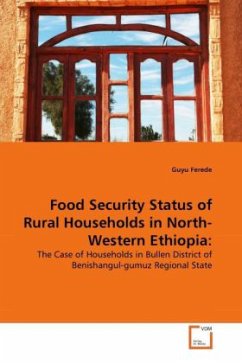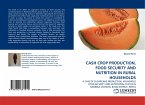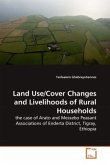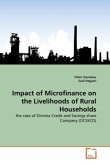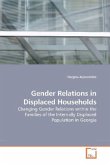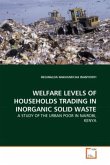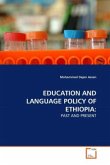Ensuring food-security among rural households has remained a greater challenge to Sub-Saharan Africa, of which Ethiopia takes the lion's share'. The incidence of food insecurity is going beyond areas of scanty rainfall extending to all corners of the country, North-western Ethiopia, where extensive arable virgin land with potential agriculture is found. However, sufficient amount of summer rainfall and green forest coverage of the region have masked prevailing food shortage. Despite this fact, most food-security studies in Ethiopia have been concentrated in other parts, ignoring the North- Western part of the country. Therefore, it is aimed at assessing the food security status of households and identifying major determinants at household level in the region. This work, therefore, is the first of its kind conducted in North-western Ethiopia and hence in the district.This can narrow the existing research gaps and provide sufficient information for further studies in the region. Moreover, policy makers and development agents can use the results of the work to formulate policies and programs in order to address food-security problems in the region at large.

